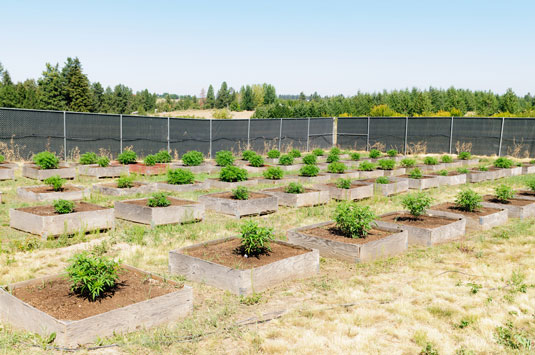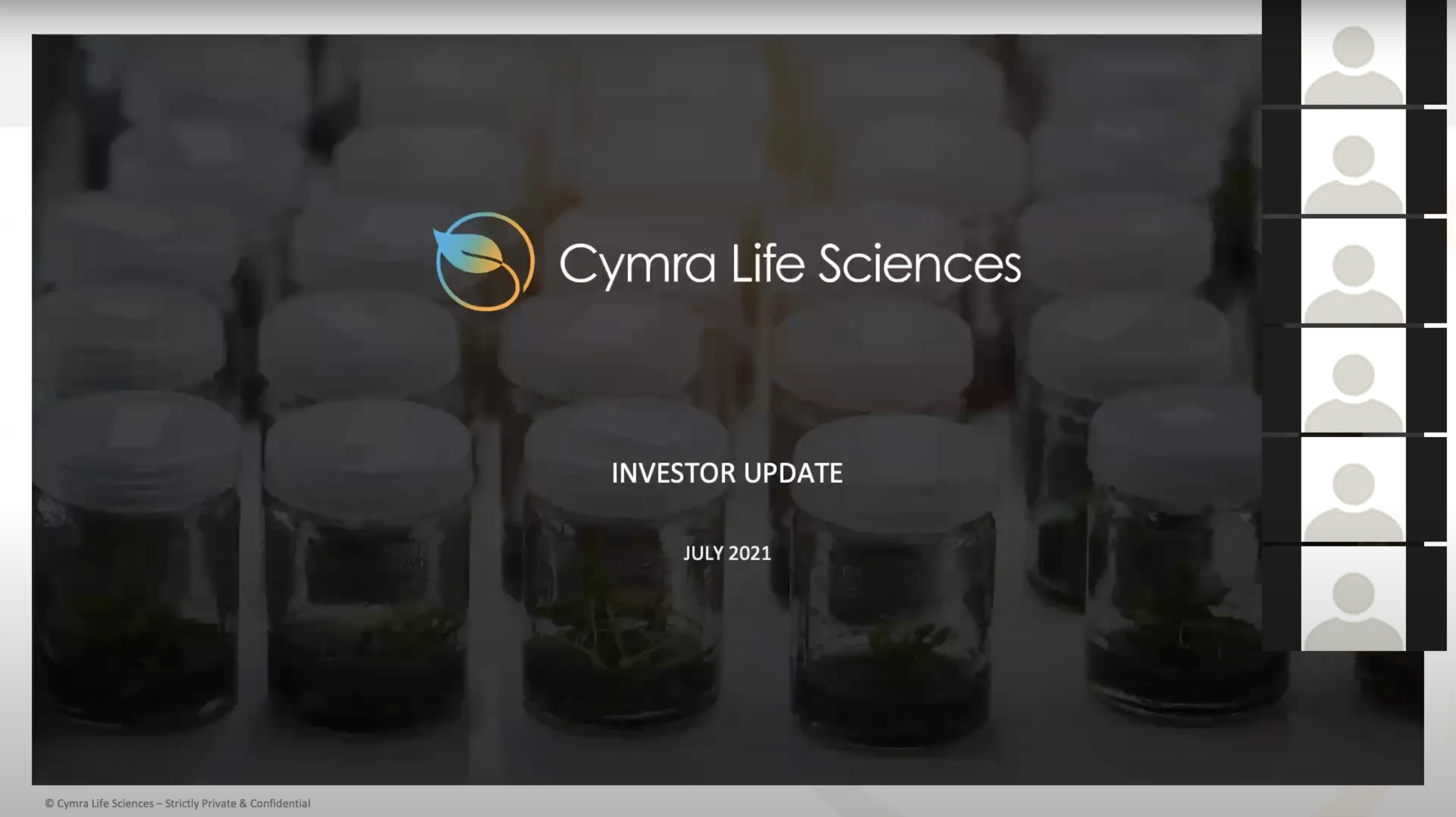As global demand for legal and medical cannabis increases, there is a need for the cannabis industry to evolve. One such path of this evolution is the development of tissue cultures.
The global cannabis industry is transitioning to adopt the methods and rigour of modern plant science. This ensures cultivators can produce safe, consistent and high-quality products for a fast-growing and lucrative market. As companies invest in technological advancements such as better greenhouse design, lighting systems and harvesting equipment to produce increased marketable yields, the most advanced cultivators are turning to a proven approach in the agricultural industry: plant tissue culture propagation.
The expanding global market for both legal and medicinal cannabis has prompted leading commercial cannabis cultivators to seek advanced cannabis growing methods with the ability to produce high volumes of clones while maintaining genetic continuity and preventing against pests, pathogens, and disease (PPD). This search has led them to tissue culture.
What are your options for propagation?
Cultivators constantly face production risks and the possibility that yields or output levels will be lower than projected. Everyone can grow a good crop once or twice, but growing crops consistently year after year, cycle after cycle, is challenging. For an annual crop such as Cannabis (which can have a natural lifecycle of 3-4 months), it is important to think about adopting risk-mitigating practices and to plan where your inputs will come from for your next crop.
Propagation is the method by which we are able to multiply the number of plants we have. There are 2 main ways to do this:
Seed that has been harvested from a flower, which was grown on a previous crop. A seed is a new generation of genetics that will have similar but different characteristics from its parents and its siblings; what you end up with can be unpredictable.
Vegetative cuttings are a snippet/branch of a plant that is currently growing on a plant that can be removed to make a whole new plant. This is done by planting the cutting and letting it develop its own root system. Vegetative cuttings are clonal, meaning that the new plant is the same as the plant it came from. In the pharmaceutical and regulated cannabis industries, it is important for your plant to be the same every time, the only way to ensure this is by taking cuttings.
Issues With Cuttings
Cuttings can pose problems as it means your mother plants (which are the plants you take your cuttings from) need to remain healthy. Similar to humans, plants face many disease pressures and as they mature they can become less vigorous and more fragile. The cuttings taken from more mature plants also behave differently from cuttings from a young and healthier plant.
Secondly, Conventional cloning is limited by the number of mother plants and the rate at which they can be clipped without becoming overstressed, which in turn limits a company’s ability to scale production
A system needed to be developed which allowed clonal cuttings in a clean and sterile environment ensuring cuttings are young and healthy. Tissue Cultured plants that are clonal will exhibit strong and healthy juvenile characteristics and will also be free from diseases and pests.
What is Plant Tissue Culture?
Plant Tissue Culture is undertaken in a clean environment with specialist bio-secure equipment. The four stages of plant tissue culture are;
Initiation – placing of the material into the In vitro environment (sterile environment in a lab).
Multiplication – increasing the number of plants by micro propagating them (removing them from a sterile vessel and cutting them into smaller pieces known as x-plants and placing them into new sterile vessels).
Rooting – placing the x plants that have come from multiplication medium onto a rooting medium (to stop multiplying and to elongate and develop roots).
Acclimatization – moving the plants from the in vitro environment back into the world. Tissue Culture is completed with some scientific equipment including Autoclaves (which are responsible for sterilizing the growth medium to be used) and Laminar Flows (which produce heap filtered clean air and blow this across a clean bench to avoid contamination).
Benefits of Tissue Culture
1. Yield
Growth medium is designed and formulated by expert scientists who combine hundreds of plant nutrients and hormones to create perfect growing mediums for individual strains (The main ingredient which gives the plant all of its energy is sugar). This growth medium is able to provide the plant with all of its energy in a bio-secure environment. By being free form external pressures such as pests the plants are able to thrive.
Tissue Culture also exhibits strong and healthy juvenile characteristics compared to cuttings taken from mother plants, which deteriorate in quality as the mother plant ages. Strong and healthy starter material leads to higher yields.
It’s critical that cultivators maximise returns for the space they have, and minimise yield losses to pests and disease. As an example, on a $1 million crop, a 5% loss of your crop from either potency, growth or death on each harvest is a $100k loss. Over 4 cycles this can causes losses of $200k per year in revenue.
2. Efficiency
Another benefit of Tissue Culture is its ability to save very valuable space in a propagation facility while at the same time producing far superior plants to traditional Vegetative Cuttings. As Tissue Culture is undertaken at a micro-level in 1 sqm you can fit thousands of plants which every four weeks will produce thousands and thousands of new plants. In a traditional vegetative cuttings program a mother plant can take up 1sqm and only produce 100 cuttings every month.
In addition, you require expensive lights and greenhouse temperature control systems to maintain a good environment for mother plants to be grown. The higher cost of maintaining mother plants in the Cannabis industry brings the cost of Tissue Culture down compared to Vegetative cuttings.
Secondly, if you are a greenhouse grower it’s much more efficient to use every square meter and staff member you have for cultivating flower, for maximum yield. By purchasing your Tissue Culture you don’t have to worry about managing enough cuttings for every growth cycle (that are healthy to fill each room at the right time) allowing a cultivator to focus on cultivating rather than breeding new genetics and managing cutting programs.
3. Lower risk of PPD
Tissue Culture is done in bio-secure process within minimal human exposure, the risks of spreading pest, pathogen and disease are much lower when compared to cuttings. Any PPD can wipe out entire rooms or even greenhouses so the whole crop can be lost, which is a financial and reputational cost to the business.
Reduce phenotype variations
The growing environment can have such a big influence on a plant’s phenotype (physical characteristics), once fully grown, a clone may not have the same characteristics as the mother plant. This can result in further phenotype variations in later generations that make it challenging to ensure the genetic integrity and ability to produce “True to Type” cannabis plants of the strain across future crops. This can affect cannabinoid yield which ultimately affects revenue.
4. Maintaining IP
To maintain unique IP, cannabis companies can preserve strain genetics using Tissue Culture acting as a ’tissue bank’, which is the best way to preserve genetics for decades without having to dedicate production space. This level of surety isn’t the same with seeds or even conventional clones, for which potency and yield will begin to fade over time. Tissue banking is also a great way to protect future patents. As the cannabis industry shifts its focus to phenotype-based Intellectual Property rights for entities to claim legal possession of a particular cannabis phenotype (like Bayer or Monsanto) it will be key to maintain the original living plant sample.
Increasing demand for cannabis in Australia and around the globe is leading companies to not only rethink the way they maximise the efficiency of their cannabis operations, but also how they protect the resiliency of their cannabis genetics and reduce operational risk. Tissue culture propagation helps cultivators offer to produce increased yields of healthy, true to type cannabis plants while preserving and securing possession of superior cannabis strains.





